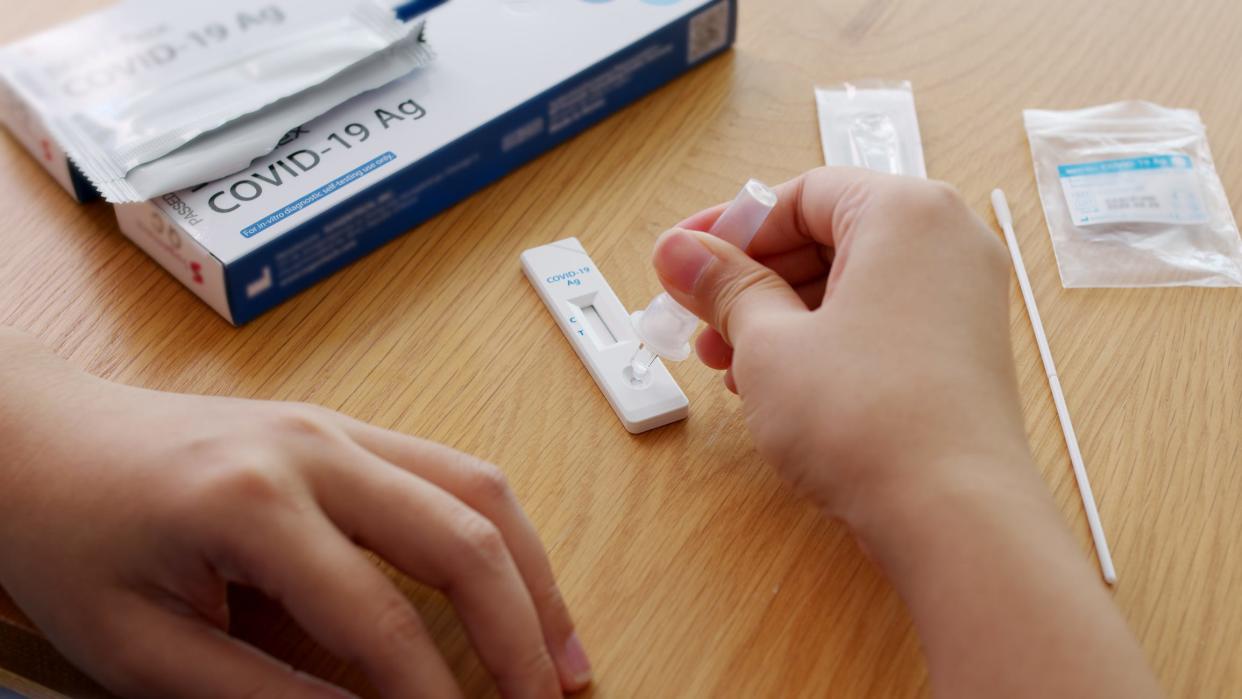COVID guidelines: As CDC considers new isolation rules, here's what to know
While the U.S. Centers for Disease Control has not updated its isolation guidelines for COVID-19 infections, changes might be on the horizon.
The Washington Post reported the CDC is planning to do away with its current COVID-19 isolation guidelines, instead advising people to leave isolation once they are fever-free for 24 hours without medication and their symptoms are improving.
In the meantime, here's what to know about the CDC's current guidelines for those infected with COVID-19.
More: Which states have the highest COVID-19 hospitalization, death rates?
Did CDC issue new COVID guidelines?

The CDC has not issues any new isolation guidance for those infected with COVID-19.
According to the Washington Post, the new rules could come as early as April.
CDC COVID isolation guidelines
If you test positive for COVID-19, you should stay home for at least five days and isolate from others in your home, according to current CDC isolation guidelines. If you must be around others, wear a high-quality mask.
If you had no symptoms, you may end isolation after five days. If you had symptoms but they're improving, you may end isolation after five days if you've been fever-free for 24 hours.
Isolation should be extended if your symptoms are not improving, or you had moderate to severe illness with your infection — such as shortness of breath, difficulty breathing or were hospitalized.
How do I know have COVID-19? Signs, symptoms to watch for as variants emerge
What is the incubation period for COVID?
The incubation period varies between three to five days depending on which COVID-19 variant you were exposed to, according to WebMD.
How to get free COVID tests from government
Any U.S. household can order a shipment of 4 free COVID-19 tests through the United States Postal Service.
Can you have COVID without a fever?
While fever is a common symptom of COVID-19, it's one among many and not everyone infected with have a fever.
More: Oklahoma has the highest rate of long COVID in the nation, study shows
How to get rid of COVID fast?
Most people infected with COVID-19 will experience mild symptoms and recover easily at home with over-the-counter medications like acetaminophen or ibuprofen.
But there are treatments for those more likely to get very sick with COVID-19 — including older adults, people who are unvaccinated or behind on vaccinations, or people with certain medical conditions.
Oral antiviral treatments include Paxlovid and Lagevrio. There is also an option for IV infusions, called Veklury, at a healthcare facility for three consecutive days.
This article originally appeared on Oklahoman: CDC considers new COVID isolation guidelines: What we know
